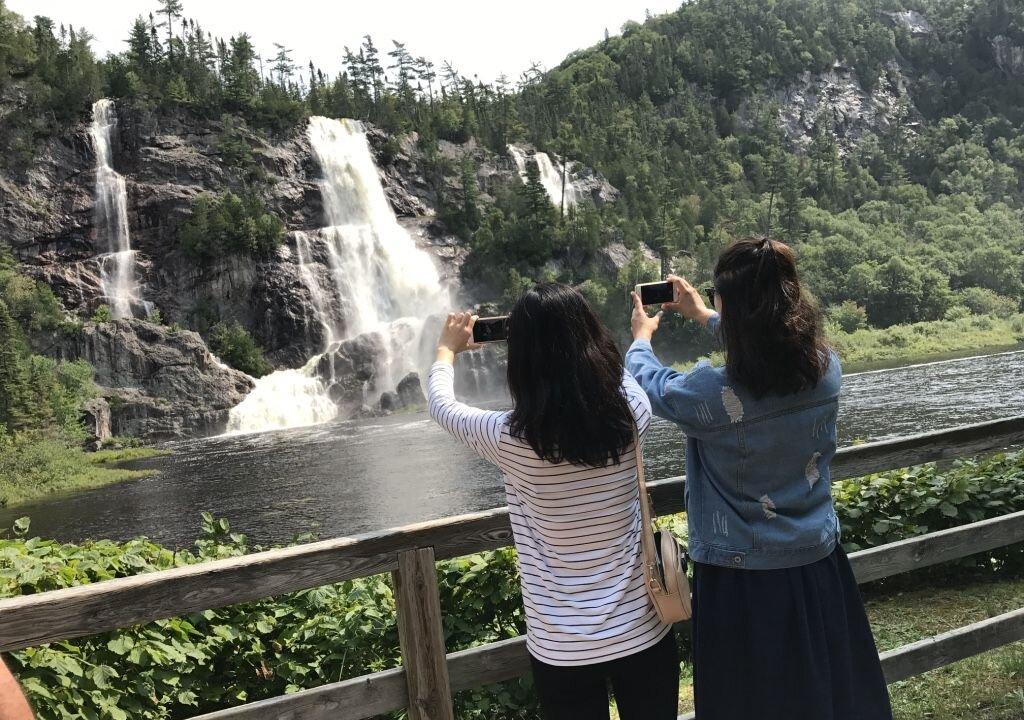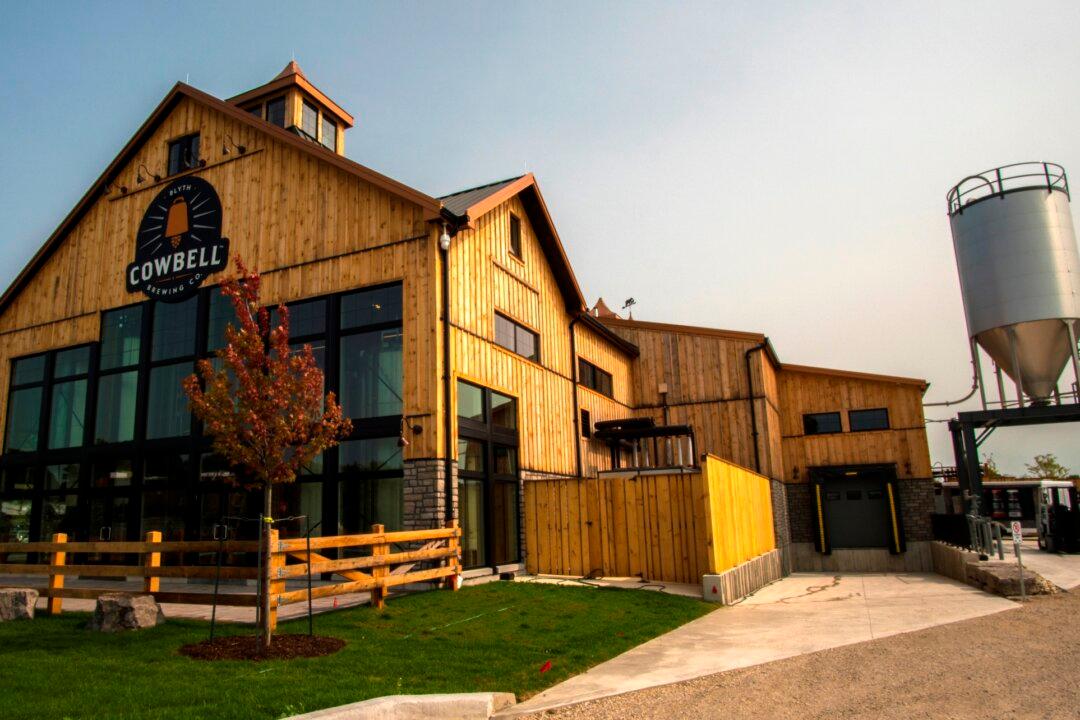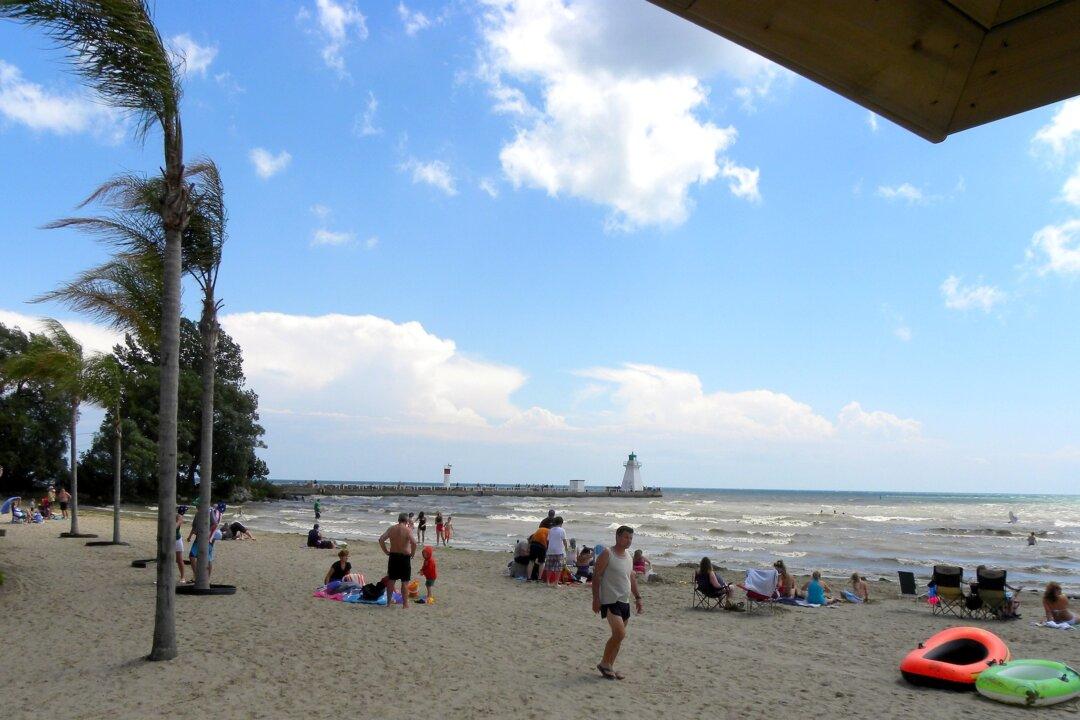Thomas John Thomson, a member of the Group of Seven, said Canada’s most beautiful scenery is in the north. He wasn’t referring to Yukon, Northwest Territories, or Newfoundland, but to Northern Ontario with its swathes of forests, sparkling lakes and rivers, and the vast rocky plateau of the Canadian Shield.
At the end of August I spent four days in Sault Ste. Marie—one of Northern Ontario’s nine cities—along with four friends, and we got a glimpse of what Thomson was talking about.




